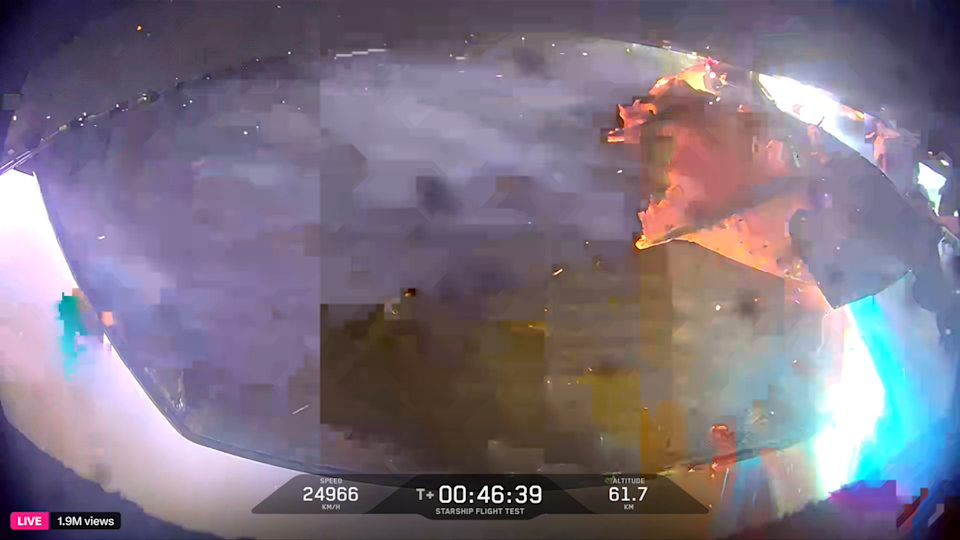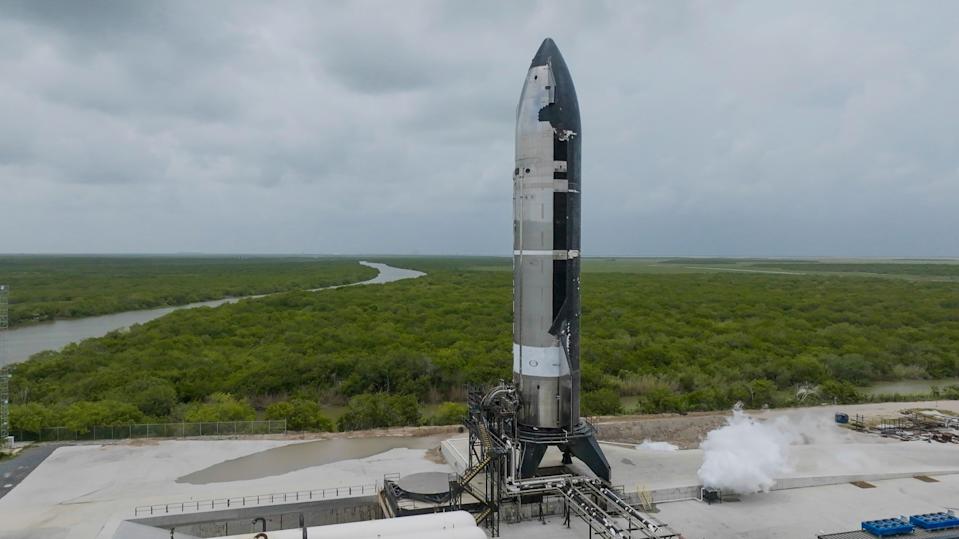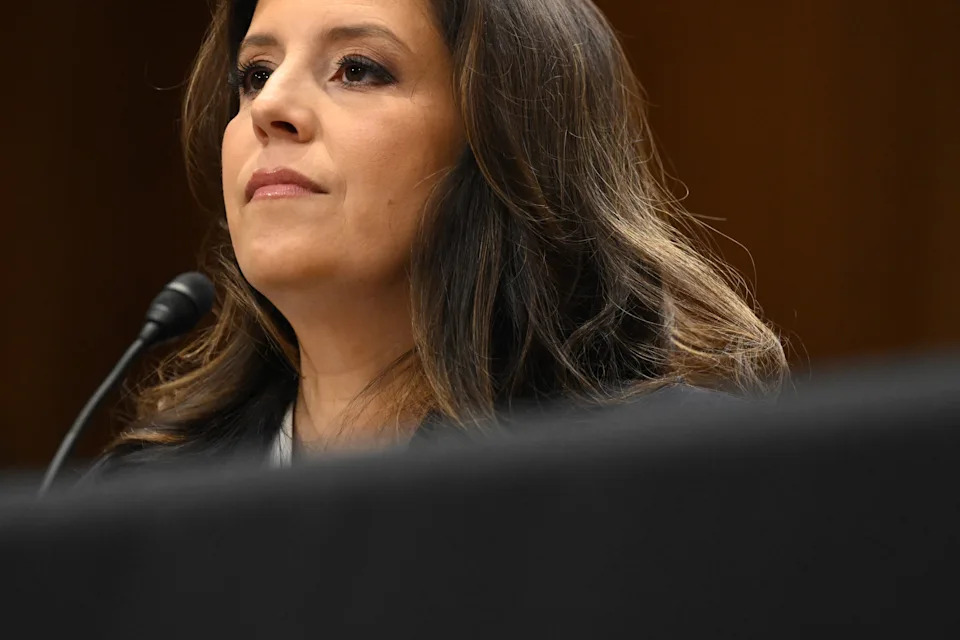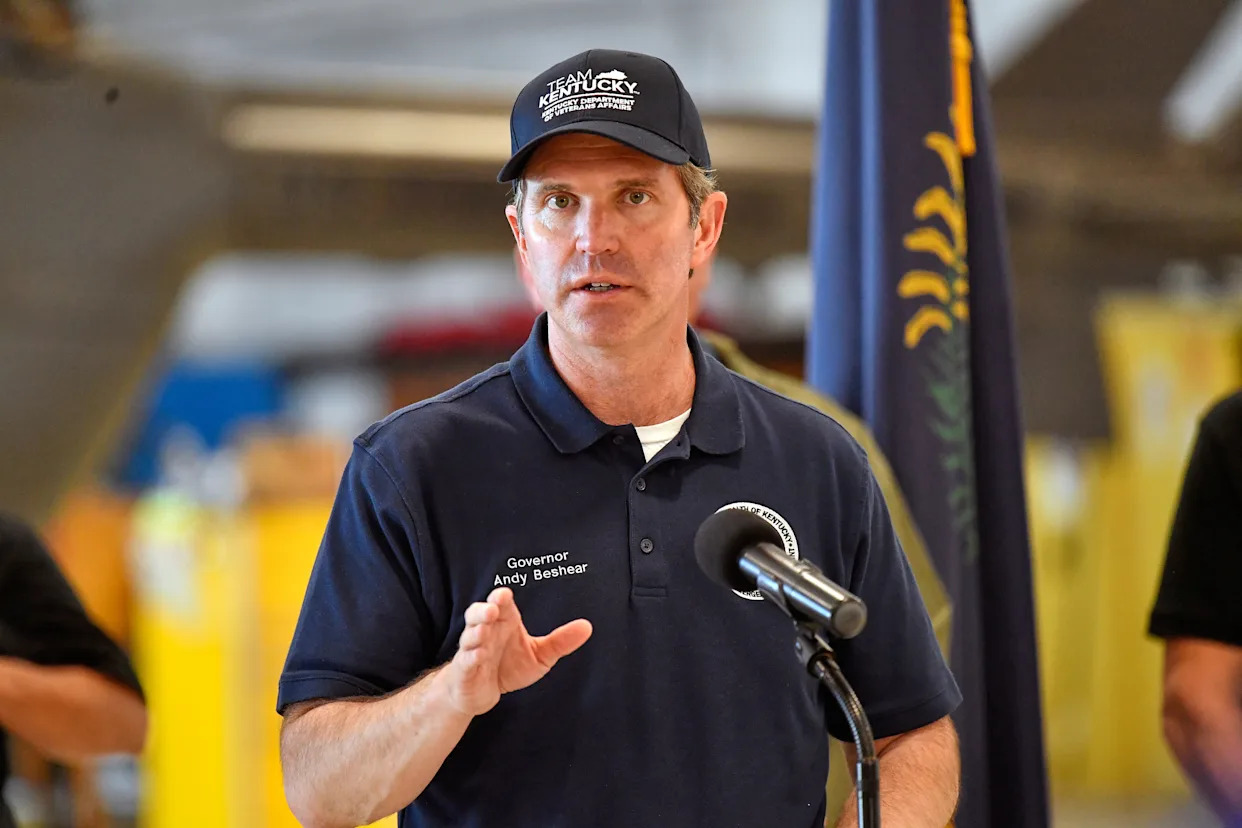When you buy through links on our articles, Future and its syndication partners may earn a commission.

The U.S Federal Aviation Administration (FAA) has closed its investigation into SpaceX's Starship mission failure this spring and given the green light for Starship Flight Test 10 to proceed this weekend.
Starship Flight 9 launched on May 27 from SpaceX's Starbase manufacturing and test facility in South Texas. The mission ended with the loss of both the Super Heavy booster and the Ship upper stage. SpaceX led the probe into the mishap with oversight from the FAA and support from the U.S. Space Force, NASA and the National Transportation and Safety Board. Investigators traced the failures to separate structural issues in each of the vehicle's stages, according to a recent SpaceX statement.
In the same update, SpaceX also shared findings about the explosion that occurred on June 18, at one of Starbase's ground test sites. The incident destroyed Ship 36, the upper stage previously tapped for Starship's upcoming launch, as well as the surrounding infrastructure.
Flight 9 was the third Starship launch of 2025. On all three occasion, the upper stage failed to achieve its main mission goals. Flight 7 and Flight 8, which launched in January and March, respectively, each ended in explosions over the Atlantic Ocean that could be seen from Florida, the Bahamas and the Turks and Caicos.
Starship's ninth flight began with a successful liftoff, and featured the first reuse of a Super Heavy, a vehicle known as Booster 14. The booster pulled off a clean hot-stage separation from Ship, at which point the booster navigated back toward Earth on a steeper-than-normal angle of attack.
SpaceX has successfully caught three Super Heavy boosters at Starbase using giant chopstick arms on the "Mechazilla" launch tower, but Booster 14 targeted a controlled splashdown offshore in the Gulf of Mexico, in order to push Super Heavy to its aerodynamic limits. About six minutes into flight, Super Heavy relit 12 of the 13 engines intended for its landing burn, but exploded a little more than half a mile (1 kilometer) above the gulf. SpaceX believes the increased descent forces ruptured an internal propellant line, igniting Super Heavy's liquid oxygen and methane fuels.
SpaceX says it plans to decrease the angle of attack on future flights, to reduce stress during booster descents. However, another modification the company will make to Super Heavy — though not one included for Flight 10 — will help gain some of those attack angles back. Future Super Heavy boosters will be made with redesigned grid fins, with a transition from four to three aerodynamic control surfaces that are 50% larger than those currently in use, to aid boosters' trajectories during descent and allow for some higher angles of attack.
After separating from the booster, Flight 9's upper stage, known as Ship 35, initiated its first planned engine burn. About halfway through that maneuver, however, onboard sensors detected a methane leak developing inside Starship's nosecone, SpaceX said in the recent update. Though Starship's systems were able to compensate for the change in pressure through the completion of the roughly five-minute ascent burn, the leak gradually destabilized the vehicle's attitude control and prevented the mission's planned in-space maneuvering test and deployment of dummy Starlink satellites.
Ship 35 eventually regained control, but liquid methane pooling in the forward section of the nosecone then triggered the full venting of the spacecraft's remaining fuel into space, leaving the vehicle to coast toward reentry. SpaceX said that Ship 35 "reentered Earth's atmosphere in an off-nominal attitude," after which the company lost communications with the vehicle about 46 minutes into flight.
Final telemetry was received as the spacecraft was descending over the Indian Ocean, where SpaceX had been hoping the vehicle would make a controlled splashdown. Investigators say the cause of Ship 35's issues could be traced to a failure in a gas diffuser used to pressurize the main fuel tank, which engineers were able to replicate at SpaceX's test site in McGregor, Texas. They say updated versions have since passed qualification campaigns simulating 10 times its expected service life.

Just weeks after Flight 9, another Starship upper stage — Ship 36 — was destroyed during ground testing on the stand at Starbase's Massey's site. The spacecraft exploded as it was undergoing cryogenic fuel loading in preparation for a static fire test. The "rapid unscheduled disassembly," or RUD, as SpaceX CEO Elon Musk has previously referred to such mishaps, resulted in the total loss of Ship 36 and extensive damage to the surrounding infrastructure.
SpaceX traced the root cause to a composite overwrapped pressure vessel (COPV), used to store nitrogen in Starship's payload bay. The failure was caused by "undetectable or under-screened damage" to the COPV, which compromised the vehicle's structure and caused the propellant leak and subsequent explosion on the stand.
In response, SpaceX said that it has lowered the operating pressure for COPVs and added protective covers to guard the tanks during Starship assembly. SpaceX has also introduced new COPV inspection and testing procedures, including a "non-destructive evaluation method" for detecting any internal damage.
Related Stories:
— Starship and Super Heavy explained
— SpaceX reached space with Starship Flight 9 launch, then lost control of its giant spaceship (video)
— SpaceX's Starship explodes in Texas during preparations for 10th test flight
"Every lesson learned, through both flight and ground testing, continues to feed directly into designs for the next generation of Starship and Super Heavy," the SpaceX statement said.
Starship Flight 10 and Flight 11 will be the final two of the giant rocket's current design generation, "each with test objectives designed to expand the envelope on vehicle capabilities as we iterate towards fully and rapidly reusable, reliable rockets," SpaceX's update said.
The next iteration of Super Heavy and Starship will need to pick up the pace to qualify in time to fly as part of NASA's Artemis 3 moon mission. NASA selected Starship as the lunar lander for the mission, which will put astronauts on the moon for the first time since the final Apollo mission in 1972. NASA is currently targeting 2027 for the launch of Artemis 3, and Starship's recent test-flight issues are unlikely to quell ongoing concerns at the space agency that Starship's development may delay the mission further.
In a statement released on Aug. 15, the FAA says it has "accepted the findings of the SpaceX-led investigation," and confirmed no reports of injury or damage caused by the loss of both vehicles on Starship's Flight 9. "SpaceX can now proceed with Starship Flight 10 launch operations under its current license."
Liftoff of Starship Flight 10 is expected during a launch window that begins Sunday (Aug. 24) at 7:30 p.m. EDT (2330 GMT). SpaceX will stream the mission live on its website, as well as its account on X. Space.com will also carry the broadcast on our homepage, starting about 30 minutes before liftoff.








Comments